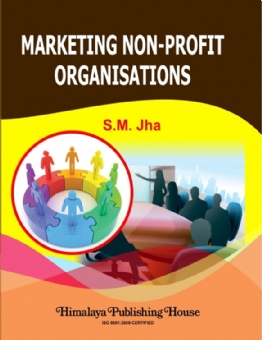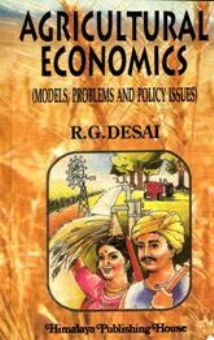There is a significant deviation in our analysis of Growth Models from other textbooks on this subject, for our approach is based on Capital Theory, in the Cambridge tradition.
Growth models can be broadly classified in terms of the fundamental school of thought that they follow, and their level of aggregation of the economy. In this book, we have classified the models on the basis of firstly Post-Keynesian, and secondly Neo-classical (both of which are analysed in aggregate terms). Thirdly we look into an important dis-aggregated model − the Von Neumann model of steady growth.
The Classical Economic Theory of Growth demonstrated that it was not possible for capitalist economies to have sustained growth, due to various reasons. Ricardo predicted a decelerating rate of accumulation, leading to zero growth − a stationary state. Marx, on the other hand, discussed the invariable collapse of capitalism due to its internal contradictions. During the Neo-classical era, interest in analysis of growth of capitalist economies faded. It came to the fore only after Harrod`s brilliant paper in 1939, which reawakened interest in Growth analysis. The main concern of the modern theory of growth, was to identify the factors that would cause a capitalist economy to run into a slump or a boom, and methods to avoid or overcome them. The publication of Harrod`s and later Domar`s models of steady growth, generated a number of Growth Models during 1940s-60s, from both sides of the Atlantic, based on either the Keynesian or the Neo-classical School of Thought. Thus, the various Growth Models attempted to determine the factors necessary for a capitalist economy to avoid slumps, and to achieve steady growth with full employment.
In recent years, in the context of globalisation, the relevance of Growth Economics was in question, since it was felt that sustained growth of capitalist economies was now possible through the growth of the private sector, with free trade, and reduced role of the public sector. However, the debacle of the American Economy (2008-13), and the resulting recession worldwide, has again brought to the forefront the importance of knowing and understanding causality between different variables in the process of growth, and the importance of governmental constraints in monitoring investment and growth trends. In this context, the basic analysis and policy conclusions of the Post-Keynesian Growth theory are relevant even today.
Contents :
1. Introduction to Growth Models
2. Domar`s Model of Economic Growth
3. Harrod`s Model of Economic Growth
4. Joan Robinson`s Model of Growth
5. Kaldor`s Model of Growth
6. Meade: A Neo-Classical Theory of Economic Growth
7. Uzawa`s Model of Growth
8. Solow`s Model of Growth
9. von Neumann`s Model of Growth
Bibliography







